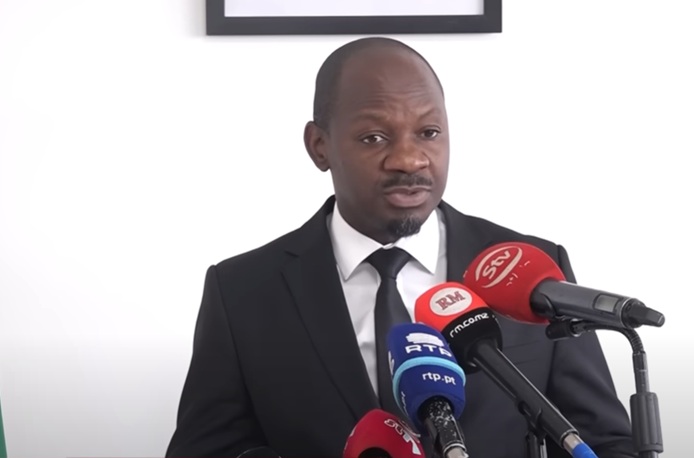Mozambique: Here are some of the reasons why the government had to hit pause on all mining in ...
Mozambique: Mozal must pay “fair price” for electricity – AIM report | Watch

Screengrab: MBC TV
The Mozambican government has insisted that the Mozal aluminium smelter, on the outskirts of Maputo, must pay a “fair price” for the electricity it uses.
Speaking at a Friday press conference in Maputo, the government spokesperson and Minister of State Administration, Inocencio Impissa, said that the fiscal agreements concerning Mozal, which have been in force for the past quarter of a century, must be revised.
“The fiscal and commercial agreements must be reassessed to ensure that Mozambique can obtain more benefits from the existence and operation of Mozal”, he declared.
Mozal was the first foreign investment mega-project set up in Mozambique, and the initial agreements gave it extremely favourable tax incentives. It was argued at the time that this generous treatment was necessary in order to show that Mozambique was open to business and to attract further foreign investment. About 1.3 billion US dollars were invested in the construction of Mozal.
Mozal is far and away the largest consumer of Mozambican electricity, generated at the Cahora Bassa dam on the Zambezi river in the central province of Tete. But there is no direct transmission line from the Zambezi Valley to Maputo, and so for the final stage of its journey, Cahora Bassa power travels along power lines owned by the South African electricity company, Eskom.
According to Impissa, Mozal consumes 43 per cent of the power generated inside Mozambique. But natural phenomena now threaten Mozal’s power consumption. Drought in the Zambezi Valley, believed to result from the El Nino weather phenomenon, has reduced the water level in the dam reservoir, making it impossible for Cahora Bassa to generate maximum power from its five turbines.
Mozal’s forecast requirements for the coming period are 950 megawatts – but Hidroelectrica de Cahora Bassa (HCB), the company that operates the Cahora Bassa dam, can only provide 350 megawatts.
Impissa said it would have to buy the other 600 megawatts from Eskom, which means that Mozal should be negotiating now to acquire this power.
On top of the shortage of power comes the problem of price. Impissa said the price for HCB power suggested by Mozal would force HCB to sell its electricity at a loss. In other words, Mozal was demanding that HCB should subsidise it.
Mozal’s main shareholder, the Australian company South32, has warned that the current electricity price could force Mozal to close. The contract under which Mozal buys its power expires in March 2026, and negotiations over a new contract seem deadlocked.
At a press conference earlier in the month, South32 said current arrangements “do not provide confidence that Mozal will secure sufficient and affordable electricity beyond March 2026”.
With no agreement on a future electricity price, “we will limit investment in Mozal, stopping pot relining and standing down associated contractors starting this month”, threatened South32. “Without access to sufficient and affordable electricity, we expect that Mozal will be placed on care and maintenance at the end of the current agreement”.
In reality, that is a threat to close down the smelter altogether. A smelter does not have an on/off switch. Cooling down all the furnaces (“pots”) and starting them up again would be extremely expensive.
Graham Kerr, CEO of South32, warned. “My belief is: if you shut Mozal, you never start it again. It’s just too hard”.
Impissa, however, insisted that negotiations must continue to find a solution that satisfies all the interested parties – the Mozambican government, HCB and Mozal.













Leave a Reply
Be the First to Comment!
You must be logged in to post a comment.
You must be logged in to post a comment.